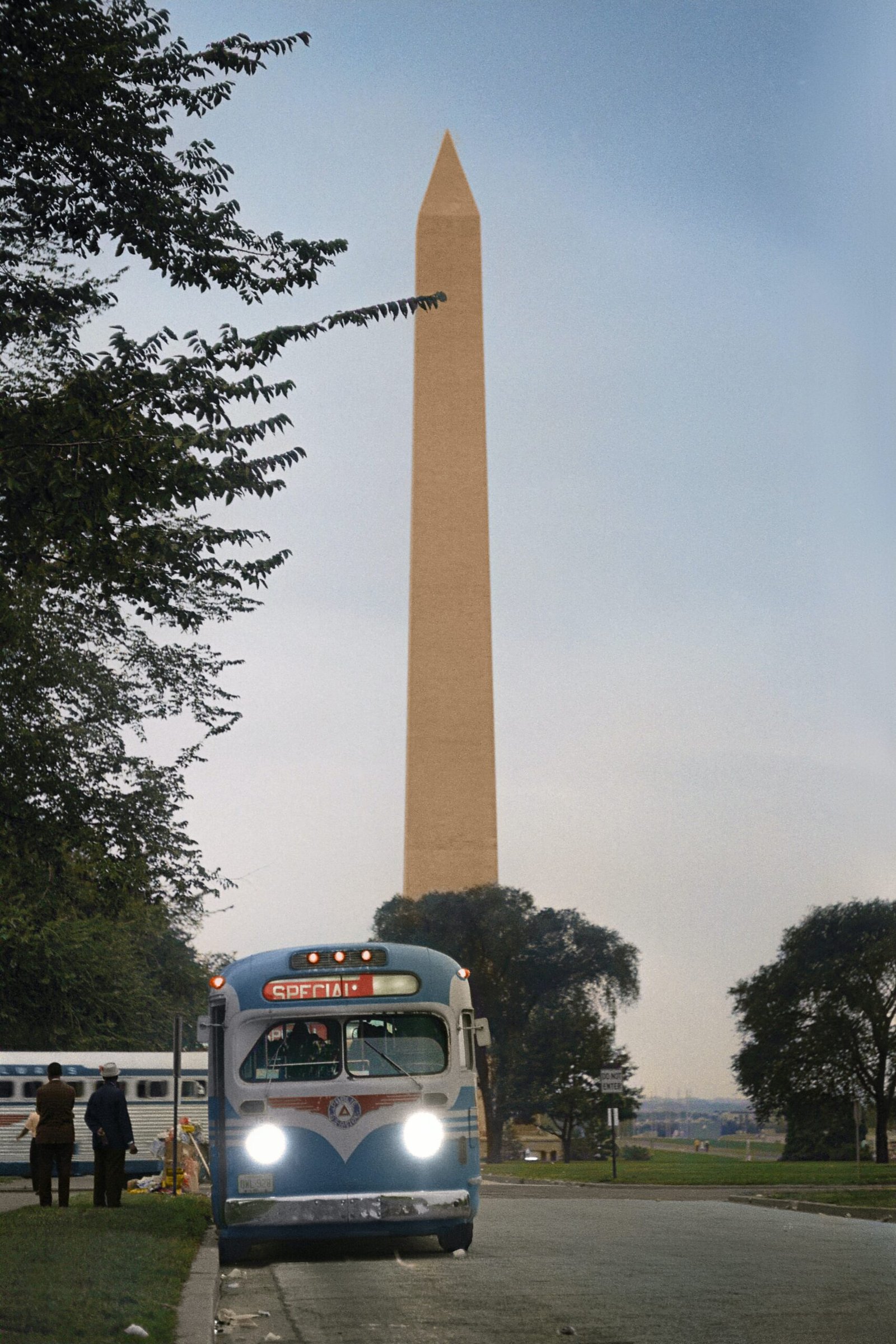Are you fascinated by history and have a passion for unearthing ancient mysteries? If so, exploring archaeology as a career in the USA may be the perfect path for you. With a career overview of an archaeologist, this article dives into the exciting world of archaeology, where you can expect to uncover ancient artifacts, participate in excavations, and piece together the narratives of civilizations long past. Join us as we delve into the field, highlighting the potential opportunities and challenges that lie ahead for aspiring archaeologists in the USA.

This image is property of images.unsplash.com.
Career Overview of an Archaeologist
As an archaeologist, you would have the fascinating opportunity to study the past and uncover the mysteries of ancient civilizations. This career path combines scientific research, historical analysis, and hands-on excavation work to piece together the story of humanity’s past. Whether you are interested in uncovering ancient ruins, studying artifacts, or discovering lost civilizations, a career in archaeology can be both exciting and rewarding.
Skills and Duties of an Archaeologist
To excel as an archaeologist, you would need a diverse set of skills and a passion for uncovering history. Analytical and critical thinking skills are essential for evaluating evidence and forming interpretations. Attention to detail is crucial when examining artifacts and recording data. Written and oral communication skills are necessary for presenting findings and collaborating with colleagues. Additionally, physical stamina and fitness are important for the demanding nature of fieldwork. Leadership and teamwork skills are valued when conducting excavations and working with a team of specialists. Furthermore, cultural sensitivity and respect are vital for engaging with diverse communities and preserving their heritage. Problem-solving skills are necessary for overcoming challenges in the field, while data processing and analysis abilities are crucial for interpreting and evaluating findings. Finally, research and documentation skills are essential for conducting comprehensive studies and publishing research.

This image is property of images.unsplash.com.
Education and Training
To embark on a career in archaeology, a solid educational foundation is necessary. Undergraduate studies in archaeology, anthropology, or a related field would provide you with a broad understanding of the discipline. Some universities may offer specialized archaeology programs, while others may offer archaeology as a concentration within a larger department. Graduate studies and advanced degrees, such as a Master’s or Doctorate, can provide you with specialized knowledge and research opportunities. These advanced degrees often involve conducting original research, writing a thesis or dissertation, and presenting your findings to the academic community.
Field and lab experience are critical components of an archaeologist’s training. Participating in field schools, internships, and excavation opportunities can provide you with hands-on experience in conducting archaeological digs. This practical experience allows you to develop essential skills in surveying, excavation methods, artifact handling, and data collection. Furthermore, continuing education and professional development opportunities, such as workshops and conferences, can keep you updated on the latest archaeological techniques and research.
Engaging with professional organizations and seeking certifications are highly recommended as they can enhance your credibility and open doors to job opportunities. Membership in organizations like the Archaeological Institute of America or the Society for American Archaeology allows you to network with professionals in the field and stay informed about industry trends. Additionally, mentorship from experienced archaeologists can provide guidance and support throughout your career.
Fieldwork and Excavation
Fieldwork is a fundamental aspect of any archaeological project and offers a chance to physically explore historic sites and uncover artifacts. Before heading to the field, meticulous planning and preparation are essential. This includes detailed research on the site’s historical context and potential significance. Understanding the terrain and climate will assist in choosing appropriate survey and excavation techniques.
During fieldwork, archaeologists employ various surveying and mapping techniques to locate and document sites. These methods may involve using GPS systems, aerial photography, or ground-penetrating radar. Once a site is identified, excavation methods come into play. Stratigraphy, which involves digging through layers of soil and sediment, helps establish a timeline of the site’s history.
Artifact handling and recording are critical skills for archaeologists, as each discovered item provides valuable insights into the past. Proper cleaning and conservation techniques must be employed to protect artifacts. Additionally, photographs and detailed notes should be taken to document their location, context, and condition. Accurate cataloging of artifacts is imperative for further analysis.

This image is property of images.unsplash.com.
Laboratory and Analysis Work
The work of an archaeologist extends beyond the field. Laboratory analysis is a crucial part of the research process, allowing for a deeper understanding of artifacts and site data. Laboratory techniques and equipment, such as microscopes and chemical tests, are used to examine artifacts and determine their composition and age.
Artifact cleaning and conservation are vital to preserve these fragile remnants. This work involves removing debris and stabilizing artifacts to prevent further deterioration. Dating methods, such as radiocarbon dating or dendrochronology, help establish the age of artifacts and provide crucial chronological context.
Analytical techniques and technologies, including DNA analysis, isotopic analysis, or spectroscopy, enable archaeologists to gain insights into ancient societies’ diet, health, and technology. Geophysical surveys and remote sensing, such as ground-penetrating radar and LiDAR, allow for a non-invasive exploration of archaeological sites, identifying structures or features beneath the surface.
Curation and storage of findings are essential for preserving archaeological collections. Collaboration with other specialists, such as conservators, chemists, or anthropologists, is common during the analysis phase. Finally, report writing and publication enable archaeologists to disseminate their findings to the academic community and wider public.
Archaeological Surveys and Site Preservation
Archaeological surveys play a crucial role in identifying potential sites of historical importance and assessing the significance and conditions of existing sites. Conducting surveys involves systematic fieldwork, including walking transects, searching for surface evidence, and recording findings. These assessments allow for the identification and prioritization of sites for further study or preservation.
Site preservation and conservation strategies are essential for protecting cultural heritage. Environmental impact assessments help minimize the damage caused by development projects, ensuring that archaeological sites are protected or mitigated. Cultural resource management ensures compliance with preservation laws and regulations during construction or land development.
Archaeologists must adhere to ethical guidelines and preservation laws to properly manage and preserve archaeological sites. Collaboration with local communities is key to engaging stakeholders and involving them in decision-making processes. This community involvement fosters a sense of ownership and responsibility for cultural heritage.
Archaeological site interpretation is an important aspect of site preservation. It involves presenting the history, significance, and context of archaeological sites to the public. Interpretation can take various forms, such as signage, exhibits, or guided tours, and aims to educate and inspire visitors about the site’s cultural and historical value.
Interpreting and Documenting Findings
A crucial aspect of archaeological work is interpreting and documenting the findings to understand the historical context and significance of the artifacts and sites. Contextual interpretation of artifacts involves analyzing their relationship to each other, their spatial distribution, and their cultural significance.
Mapping and visualization techniques, such as Geographic Information Systems (GIS), allow archaeologists to create detailed maps, overlays, and models of sites. These tools help visualize the spatial relationships between artifacts, structures, and landscapes.
Archival and record-keeping practices are crucial for maintaining accurate and accessible documentation. Carefully cataloged field notes, photographs, and artifact records enable future research and analysis.
Digital documentation and 3D imaging techniques have revolutionized archaeological recording and visualization. High-resolution photographs, laser scanning, and photogrammetry allow for detailed digital reconstructions of artifacts and sites.
GIS and spatial analysis integrate diverse data sets, including topography, satellite imagery, and archaeological data, to examine patterns, connections, and changes within a landscape or region. This analysis helps archaeologists understand settlement patterns, trade networks, and cultural dynamics.
Archaeological illustration and reconstruction capture the appearance and context of artifacts and structures. These visual representations aid in communicating archaeological findings to both scholars and the public.
Database management and information systems facilitate the organization, storage, and retrieval of archaeological data. This enables efficient data sharing and interdisciplinary collaboration.
Creating reports and presentations is an essential aspect of an archaeologist’s role. Clear and concise reports detail the research objectives, methodology, and findings of an archaeological project. Presentations at conferences or public talks allow archaeologists to communicate their discoveries and engage with a wider audience.
Public Outreach and Communication
Archaeologists have a responsibility to engage with the public and share their findings, promoting an understanding and appreciation of the past. Presenting archaeological findings to the public can take various forms, such as museum exhibits, public lectures, or community events. These engagements allow people to connect with the past and develop a sense of stewardship for cultural heritage.
Engaging with schools and educational programs offers an opportunity to inspire the next generation of archaeologists. Presentations, workshops, or field trips provide students with a hands-on experience and foster interest in archaeology as a career.
Collaborating with museums and exhibits is another way archaeologists can make their work accessible to the public. Exhibits allow for the display of artifacts, interactive displays, and engaging narratives that bring the past to life.
Writing for popular publications, such as magazines or online platforms, can reach a broader audience and increase public awareness of archaeology. Clear and engaging writing can translate complex concepts into layman’s terms and instill a passion for the subject.
Social media and online engagement enable archaeologists to reach a global audience and engage in discussions about the past. Platforms such as Twitter, Instagram, or YouTube provide a means to share discoveries, answer questions, and debunk misconceptions.
Lecturing and giving public talks are essential for sharing knowledge and developments in the field. Presenting at conferences or participating in panel discussions allows archaeologists to exchange ideas with colleagues and contribute to the advancement of the discipline.
Archaeology and indigenous communities require thoughtful engagement and collaboration. Respectful consultation, inclusion, and recognition of indigenous knowledge contribute to a more comprehensive understanding of the past.
Media and film representation of archaeology have a significant impact on public perception. Collaborating with filmmakers, documentaries, or TV shows can provide a platform to share archaeological research and reach a wide audience.
Archaeology Specializations
Archaeology offers various specializations that allow individuals to focus on specific periods, regions, or aspects of the field. Some common specializations include:
- Historical Archaeology: Studying the material remains of more recent history, such as the colonial period or industrial era, to understand societies and cultures during those periods.
- Bioarchaeology and Human Osteology: Analyzing human skeletal remains to study health, diet, migration patterns, and demographics in ancient populations.
- Landscape Archaeology: Examining the relationships between humans and their environment to understand settlement patterns, resource exploitation, and cultural changes.
- Maritime and Underwater Archaeology: Investigating shipwrecks, submerged sites, and maritime cultures to explore the relationship between humans and the sea.
- Cultural Heritage Management: Focusing on the protection, conservation, and management of cultural heritage sites to ensure their preservation for future generations.
- Forensic Archaeology: Applying archaeological techniques and principles to assist in criminal investigations or the identification of human remains in forensic contexts.
- Experimental Archaeology: Recreating and testing ancient technologies, techniques, and practices to gain insights into ancient societies and their way of life.
- Archaeoastronomy and Rock Art: Exploring the relationships between prehistoric cultures and celestial phenomena or studying ancient rock art and its symbolic meanings.
- Museum Studies and Curatorial Work: Curating and managing archaeological collections, designing exhibits, and promoting public engagement with cultural heritage.
- Paleoethnobotany and Archaeobotany: Analyzing ancient plant remains to understand past agricultural practices, dietary habits, and environmental changes.
Job Opportunities and Career Paths
Archaeology offers a breadth of job opportunities and diverse career paths. Some archaeologists work in academic or research institutions, conducting fieldwork, publishing research, and teaching. Others find employment in government agencies, such as historic preservation offices or cultural resource management firms, where they assess and safeguard archaeological sites during construction projects. Museums and cultural heritage organizations also hire archaeologists for research, exhibit development, and collection management. Consulting firms may offer opportunities to work on environmental impact assessments or archaeological surveys. Non-profit organizations focusing on cultural preservation, indigenous rights, or archaeological advocacy provide avenues for engagement and impact. Moreover, international projects and collaborations offer opportunities for work on excavations and research across the globe. Some archaeologists may pursue a career in public administration, contributing their expertise to heritage policy, government agencies, or international organizations like UNESCO. The range of career paths reflects the versatility and interdisciplinary nature of the discipline.
Challenges and Rewards of a Career in Archaeology
Like any career, archaeology has its unique challenges and rewards. The job market can be competitive, with limited positions available in academia and other sectors. Fieldwork itself can present physical and logistical challenges, such as extreme weather conditions, rugged terrains, or cultural sensitivities. Funding for research and projects can be limited, requiring archaeologists to seek external financial support or grants. Ethical and moral dilemmas may also arise, such as balancing the preservation of cultural heritage with competing interests. Archaeologists often have to travel extensively and spend time away from home, leading to a work-life balance challenge. However, the rewards of a career in archaeology are numerous and deeply fulfilling. The opportunity to contribute to the preservation and understanding of cultural heritage is immensely rewarding. Discovering and unraveling the past brings a sense of excitement and personal growth. Interdisciplinary collaboration fosters a rich learning environment and exchange of ideas. Professional growth is continuously encouraged through ongoing education, networking, and publication. Finally, archaeologists have the potential to make a positive impact on communities by promoting cultural pride, economic development, and fostering dialogue about the past.
In conclusion, a career in archaeology offers a unique and exciting opportunity to explore the mysteries of the past. With a blend of analytical skills, fieldwork experience, and cultural sensitivity, archaeologists play a crucial role in understanding and preserving our collective heritage. Whether you’re passionate about studying ancient civilizations, uncovering artifacts, or engaging with communities, a career in archaeology can be a fulfilling and impactful journey.